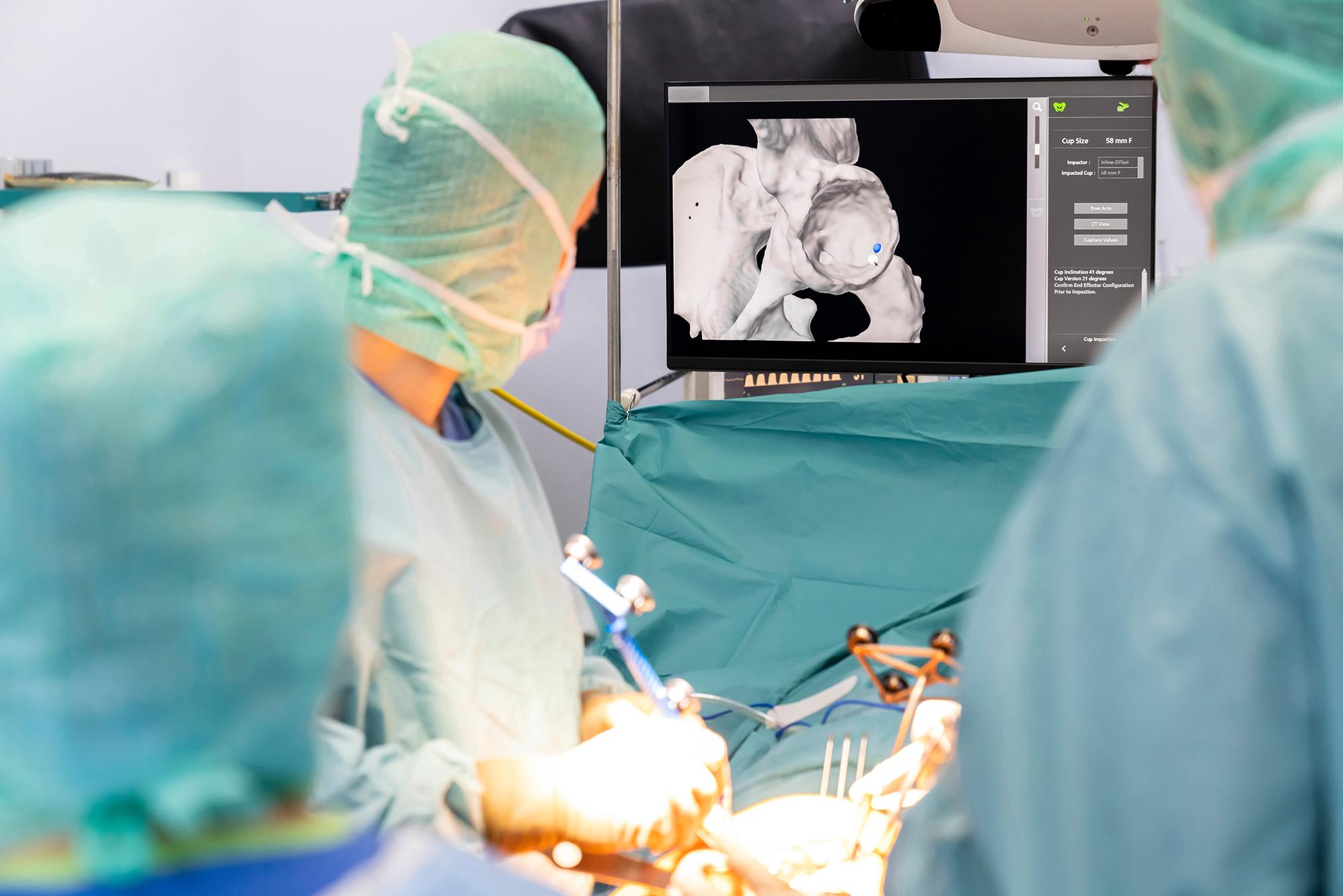Endoprosthesis surgery waitlist to be organised for better access

Hip and knee joint replacement or endoprosthesis is one of the most popular surgeries in Estonia, resulting in long waiting times. Endoprosthesis is the most requested surgery at ITK. “Around 7000 patients are currently waiting for endoprosthesis surgery in Estonia, of which ~1500 are ITK patients. In Estonia, ~3600 surgeries are performed annually, ~900 of these at our hospital,” says Dr Andres Kööp, Head of the Orthopaedic Centre of ITK.
The surgeries are sometimes also be postponed if the necessary tests have not been done or other health concerns have not been resolved during the waiting period. This is why we started organising the waitlist for hip and knee endoprosthesis. “Organising the waitlist will give patents a better opportunity to get surgery and make the system more transparent; those who need the surgery more, get it faster,” explains Dr Kööp.
A nurse from the orthopedics department will call the patients on the waitlist and make sure whether the patient:
- still wants surgery (within one year);
- is prepared for surgery (in good health, has visited their general practitioner in the last six months);
- needs an additional health check-up and compensation at their general practitioner.
If the patient wants the surgery within one year, is in good health and has visited their general practitioner in the last six months, we will have them fill in some health and life quality questionnaires while on the call and then invite them to a consultation with an endoprosthesis nurse to prepare for the surgery.
If the patient still needs an additional health assessment, they will be advised to contact their general practitioner for a health check-up.
If the patient does not wish to come for surgery within one year, they will be removed from the waitlist. They can be put back on the list by contacting their general practitioner with any new concerns.
Patents’ health results will be collected
Information on health results is collected before joint replacement surgery and one year after surgery. Health results are collected via a questionnaire to get a better understanding of how a person has recovered as a result of the treatment and what can be done to improve their quality of life. If necessary, a doctor or nurse will assist them in filling in the questionnaire.
The orthopaedic nurse is the patient’s primary contact throughout the treatment process (from being put on the waitlist until a year after surgery).
What has changed in the hip and knee endoprosthesis treatment process?
According to the new standard, general practitioners now only refer patients to an orthopaedist to assess the need for endoprosthesis via online consultation. Patients with arthrosis are not put on the surgery waitlist right after diagnosis but are given conservative treatment, i.e. pain and rehabilitation treatment, to reduce their discomfort. Only those who have completed the conservative treatment, are in good general health and are ready to undergo surgery are put on the waitlist.
The new standard for hip and knee endoprosthesis treatment came into effect on 1 January 2023. The standard was written by the Health Fund in cooperation with the Estonian Orthopaedic Society, the Estonian Society of Family Doctors Society, the Estonian Society of PRM Doctors and the quality, development or financial managers of four prosthetics institutions.
 Terviseportaal
Terviseportaal